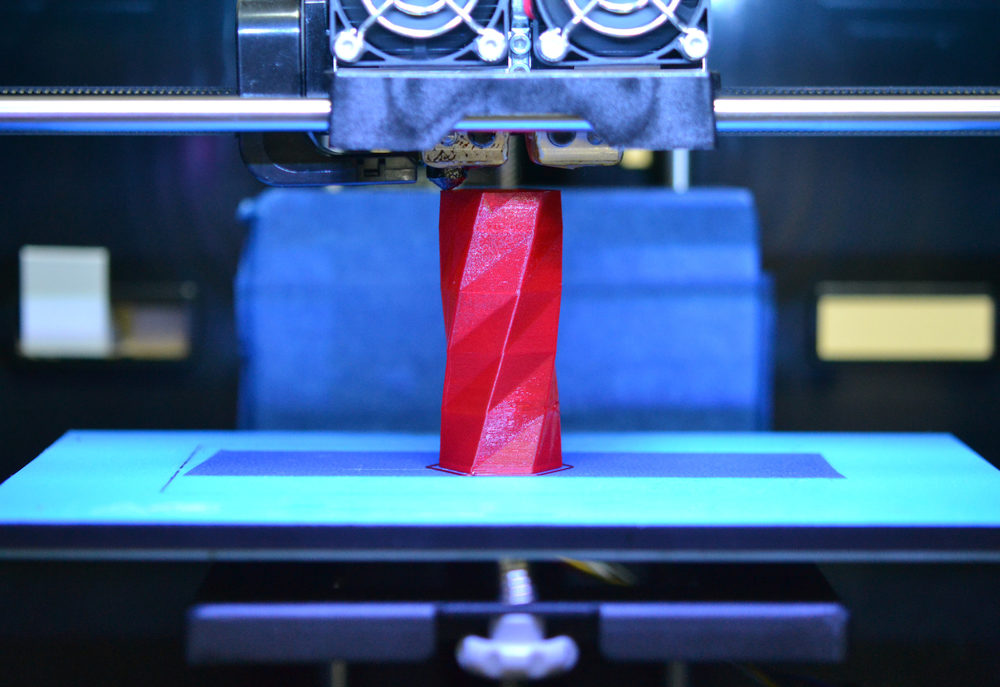FDA Issues New Guidance For 3D Printing of Medical Devices

Federal health officials have released the first-ever technical framework for the use of 3D printers in the medical field, responding to an increasing push to use the printers for medical devices and tools.
Comprehensive 3D Printer guidance was issued by the FDA to advise manufacturers about the creation of medical devices and medications, including design, proper testing, durability, and quality system requirements to ensure safety for recipients.
Once believed to be a futuristic technology, 3D printing is already becoming an important tool in the medical field, as medical devices, medications and even human bone recreation have been proven to be possible through certain manufacturer designs.

Did You Know?
Millions of Philips CPAP Machines Recalled
Philips DreamStation, CPAP and BiPAP machines sold in recent years may pose a risk of cancer, lung damage and other injuries.
Learn More3D printing is a complex process, in which an entire object created through software programming that can be uploaded to one of the printers, which then builds that object through the process of creating thousands of small slices. Unlike the conventional machining processes, 3D printing builds a three-dimensional object from computer-aided designs.
According to the guidance, FDA officials have reviewed more than 100 products manufactured by 3D printers and placed on the market, including devices tailored to fit a patient’s anatomy. 3D printed products include were knee replacements, implants and partial skull recreations designed to the patient’s needs.
Officials also reviewed the first drug that was ever created for distribution through the use of a 3D printer, which is a medication used to treat seizures. Because of the 3D printing process, the drug has a more porous matrix compared to its traditional manufacturing process, enabling the drug to dissolve more rapidly and work faster to prevent seizures.
The FDA envisions the use of 3D printers will evolve medical practices, particularly, reconstructive surgeries, and that the current breakthroughs are only the beginning of the impact the devices will make on modern medicine. Given the exponential growth of innovative research in the field, experts from the FDA believe burn patients will be able have skin cells reproduced directly onto their burn wounds in the near future.
While the FDA recognizes and has encouraged the use of the evolving 3D printing technology, the new guidance provides a more comprehensive regulatory pathway that keeps pace with the anticipated advances, and will help facilitate efficient access to safe and effective innovations.
During the process of building the framework, the FDA has been performing research at the Center for Drug Evaluation and Research (CDER) facility to determine how the 3D printing of drugs impacts inactive ingredients and other drug components as well as the quality control process of manufacturing. The FDA is also working jointly with the Center for Devices and Radiological Health (CDHR) to investigate the effect of 3D printer designs.
FDA officials released the guidance, claiming it to be a “leap-frog” guidance, meaning it is only intended to provide the agency’s initial thoughts on the emerging technology with the understanding that their recommendations are likely to evolve as the field develops in unanticipated ways.
Get more articles like this sent directly to your inbox.
"*" indicates required fields





0 Comments